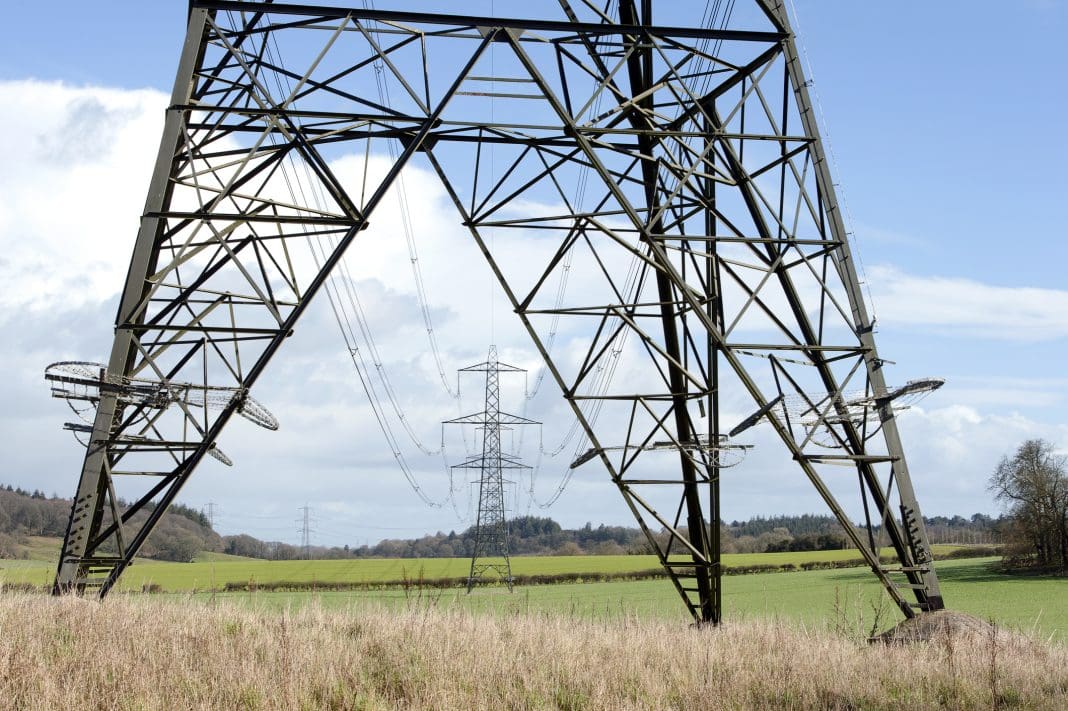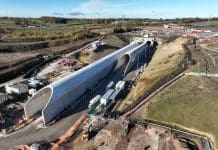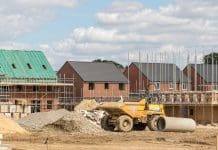The new Department of Energy Security and Net Zero (DESNZ) has already begun making bold policy gestures around its new industrial strategy. Charles Deacon, managing director at Eclipse Power Solutions, explains why grid infrastructure must be a priority
The first few weeks of the new Labour Government have been refreshing. Some clear signals and actions show the Government is firmly behind the Net Zero agenda in more than just words.
For example, with a few strokes of a pen, the Government has managed to undo the de facto ban on onshore wind in England to make way for new wind generation. Similarly, three development consent orders have been granted to nationally significant solar farms totalling over 1.3GW of capacity.
Such projects are central to the Government’s ‘mission driven approach’ to industrial strategy and realising its mission of becoming a clean energy superpower by 2030 – fortifying the UK’s energy security in the process. However, achieving this mission will require more than simple pen strokes and development consent orders.
The mission demands a robust focus on skills, supply chain, and energy infrastructure, alongside more innovative and flexible approaches to new capacity and connections, including reform.
Domestic supply chains and equitable up-skilling
One of the critical issues that needs to be addressed to achieve the 2030 mission is supply chains. Delays for energy assets and infrastructure projects are caused by an over-reliance on imported materials from multinational players and competition between countries all aiming to do the same thing – decarbonise their grids.
Establishing domestic manufacturing capacity for key components, such as cables and transformers, would help to address the delays and accelerate the creation of new infrastructure. Securing UK supply chains via domestic manufacturing would also improve the overall energy security of the UK and reduce our reliance on fossil fuels from abroad.
The energy sector also faces a significant skills shortage and addressing this must be a part of the Secretary of State for Energy Security and Net Zero Ed Miliband’s priorities. Investing in skills development is a necessary and strategic imperative for the UK’s long-term energy security and superpower status. Creating an equitable transition will be bolstered by increasing domestic manufacturing and domestic energy supply chains while investing in skills through initiatives like Skills England.
Grid infrastructure is not the investor focus for GB Energy
Despite the supply chain barriers, there has been substantial investor confidence and private capital waiting to get into the energy sector. However, fundamentally, investors are being hamstrung by the rules, regulations and inadequate infrastructure in place. This is leading to some developments looking to move to different markets because they can’t get the connections they need.
The National Wealth Fund has been established to help crowd-in private sector investment, alongside funding GB Energy. However, due to the large amount of private investment eager to invest in the energy sector, GB Energy should focus on the development of grid infrastructure to help remove the hurdles to this investment.
The latest GB Energy Foundational Statement highlights it will invest in renewable technologies that are less developed, but without focusing on grid infrastructure, the Government will likely not meet its mission of making the UK a clean energy superpower by 2030.
Centralised planning and local grids
Many in the energy sector are looking for more dynamic and innovative approaches to capacity planning, which could include more centralised network planning. Elements of this will happen under Connections Reform, but this could also be devolved at a local level to local Distribution System Operators (DSOs) who know their networks best.
Currently, new infrastructure like substations or generation assets can be sub-optimally placed, either where offtakers can’t necessarily use power from them or where they won’t get planning permission to be built. A combination of localised centralised network planning and spatial planning can ensure that infrastructure developments align with demand. This approach can prevent situations where infrastructure is built far from where it is needed, leading to inefficiencies and higher costs.
At the other end of the scale, local energy solutions like microgrids and behind-the-meter options are highly appealing ways of ensuring a renewable energy supply without putting additional pressure on the national grid. We are seeing these grids being used by commercial energy users like data centres but putting them in new housing developments can help create ‘zero bills’ homes. The Government’s Local Power Plan may see microgrids used to support a ‘more decentralised and resilient energy system’, while also reducing energy bills or even council taxes for end users.
Where next?
For many years I’ve opened press releases or communications from the Department of Energy Security and Net Zero (DESNZ) and Ctrl + F searched for the word ‘grid’, only to find it’s seldom mentioned, if at all.
However, that is starting to change. The need to not put pressure on the national grid is present in key documents like GB Energy’s foundational statement. While others recognise the need to address the years long connection queue that stifles new projects.
This is a clear break from what went before, and I am keen to see how grid infrastructure will hopefully become more prominent over the next several years.














